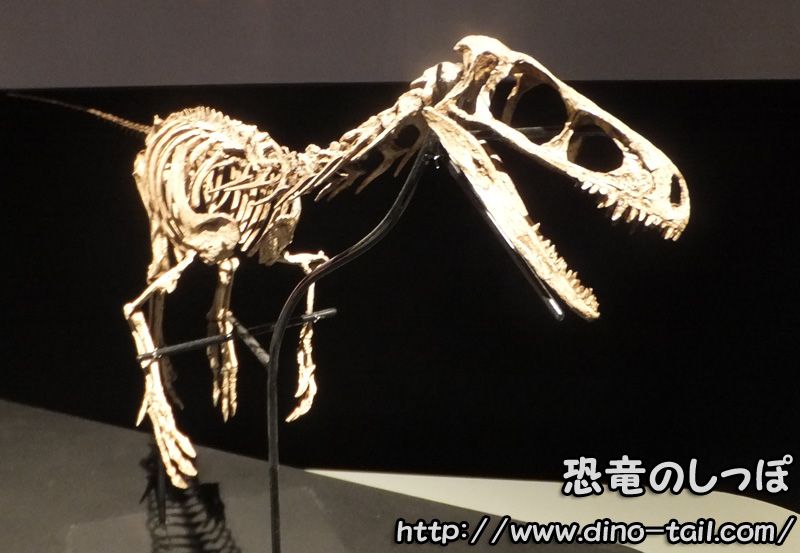Earliest Carnivorous Dinosaur, Eodromaeus, Discovered in Argentina
2011-01-22

A fossil of a new species of carnivorous dinosaur has been discovered in 230-million-year-old strata in Argentina.
Fossils from three individuals were found, with nearly complete skeletons excavated.
It was about 1.3 meters in total length and walked on two legs. It had long fingers on its forelimbs and a developed pubis in its pelvis.
This dinosaur, believed to be a theropod, was named "Eodromaeus murphi," meaning "dawn runner."
Furthermore, a comparison with fossils of Eoraptor, which lived around the same time and is known as one of the oldest dinosaurs, revealed that "although similar in appearance, their teeth and lower jaw shapes are different, and Eoraptor, previously classified as a 'theropod,' needs to be reclassified as a 'sauropodomorph.'"
This means that in the early stages of dinosaur origins, theropods (ancestors of Tyrannosaurus and Allosaurus) and sauropodomorphs (ancestors of Diplodocus and Brachiosaurus) were quite similar.
One-Fingered Dinosaur Discovered in Inner Mongolia, China
2011-01-31
A fossil of a new species of carnivorous dinosaur with only one finger on its forelimb has been discovered in Late Cretaceous strata in Inner Mongolia, China.
While dinosaurs with other fingers being extremely small, appearing to have one finger, have been found before, this is the first time a dinosaur with completely one finger has been discovered.
It was only about the size of a parrot and walked on two legs.
It is classified as a theropod.
It was named "Linhenykus monodactylus."
It is explained that "this finger was likely used to dig into the ground to find termite nests."
The theory that "the number of fingers decreased with evolution" has been considered dominant, but analysis suggests that Linhenykus belongs to a more primitive position than three-fingered theropods. The reduction in the number of fingers does not seem to have been a simple, linear evolution.
Iguanodontid Lower Jaw Fossil Discovered in Fukui, Japan
2011-04-25
A lower jaw fossil of an iguanodontid has been discovered in Early Cretaceous strata (about 120 million years ago) in Katsuyama City, Fukui Prefecture.
What was found was a pair of left and right lower jaws, with 15 teeth remaining.
An iguanodontid named Fukuisaurus has been excavated from the same strata, but compared to Fukuisaurus, the jaw shape is said to be thinner and more linear.
Therefore, it is stated that "there is a high possibility that it is a new species."
